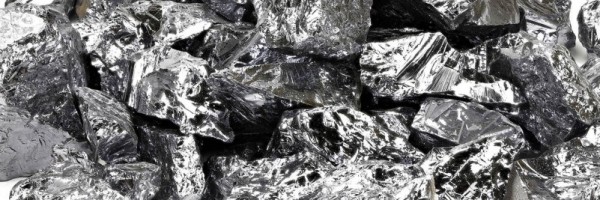As a result of atmospheric deposition, pollutants emitted to the atmosphere from fuel combustion processes and industry migrate to water and soil, from where they can be taken up by plants, and further transferred through the food chain directly into animals and humans. Metals once released into the environment metals are continuously undergoing physical and chemical transformations that affect the forms of their occurrence and determine their toxicity. The intensification of the below-cloud scavenging processes as a result of acidification of precipitation and intense anthropogenic activity contribute to an increase in metals wash-out from the airborne PM (Particulate Matter), observed especially in conditions of atmospheric stagnation and temperature inversions stimulating PM accumulation close to the ground. The mechanisms of metals transport, especially those bound to the finest PM fractions and the prediction of their likely deposition in a soil environment is very difficult to estimate. It is mostly due to the fact that fine PM, in contrast to coarse particles, remains suspended for a long time, and together with air masses migrates over a very long distances. While in the case of coarse particles, the factor determining their availability for the other environmental components is mainly deposition, in case of fine PM, this could be their chemical form.
The implementation of the project allowed to obtain completely original results of comprehensive environmental research, including in particular the comparison of the amount of mobile forms of chosen elements in suspended dust (PM), deposition and in soil, depending on the prevailing meteorological, environmental and seasonal variability of emissions, or the physical structure of dust particles (PM particle size, morphology). The forms and chemical structures in which elements associated with PM leave the atmospheric environment, reaching soil and surface waters, and some to plant roots or groundwater, have been identified. The effect of the project in the form of expanding the current state of knowledge with actual and reliable data on the mobility of metals contained in fine PM and on the main processes and factors determining their bioavailability cannot be overestimated. The results of the conducted research allowed, first of all, to quantify the share of individual PM sources in shaping not only the concentrations but also the environmental mobility of elements in the selected receptor.
The completed research project, in which the results of original and interdisciplinary research were obtained and analyzed, will enrich the existing knowledge on the degree of impact of changing the emission structure on the level of soil environment pollution with some metals and metalloids on a global scale. The implementation of the project thus contributed to the development of the field of research and scientific progress in the field of the properties and impact of atmospheric aerosols on the environment and health. The results obtained in the project are the subject of further research, including several important international scientific articles. A new analytical procedure for the sequential extraction of elements was developed and validated. In the near future, the research and calculation procedure described and described will serve as a global standard for the identification of the origin of PM in a complex, in terms of emissions, urban and industrial environment. The obtained research results can also be used to create completely new scenarios of exposure of humans and ecosystems to the effects of toxic trace elements.
Moreover, the lead arsenate compounds in suspended dust observed in the course of the research are undoubtedly a unique phase, which has not been described in the literature so far. A detailed analysis of the collected results may contribute to the explanation of the presence of this compound in the atmospheric air. The transformations and forms of lead occurrence on the emitter-air-soil path will contribute to a better understanding of the circulation of this toxic element in the environment.




